Discover this enchanting Mediterranean city with boundless culture, renowned architecture and a world-class drinking and dining scene.
Barcelona is a city with a wide range of original leisure options that encourage you to visit time and time again. Overlooking the Mediterranean Sea, and famous for Gaudí and other Art Nouveau architecture, Barcelona is one of Europe’s trendiest cities.
It’s a hub of new trends in the world of culture, fashion and cuisine. It combines the creativity of its artists and designers with respect and care for local traditions. The charm and slower pace of the old town, the avant-garde vibe of more modern neighbourhoods, and the fast pace of one of the world’s most visited cities coexist in Barcelona.
Barcelona highlights
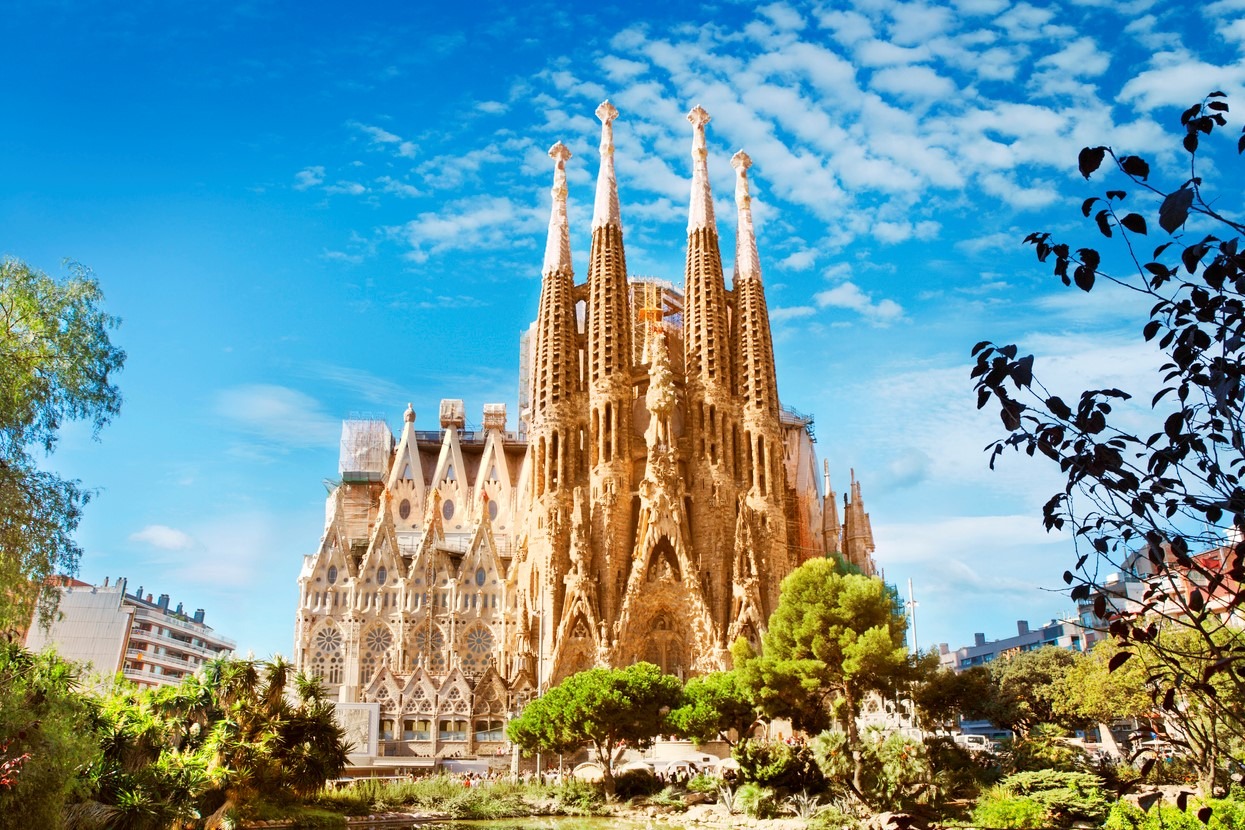
La Sagrada Família
The Temple Expiatori de la Sagrada Família is considered to be the symbol of Barcelona by many residents, and the one place you shouldn’t miss when you visit the Catalan capital.
Intended to be a simple Roman Catholic church dedicated to Jesus, Mary and Joseph, it became the most prominent example of Catalan Modernism.
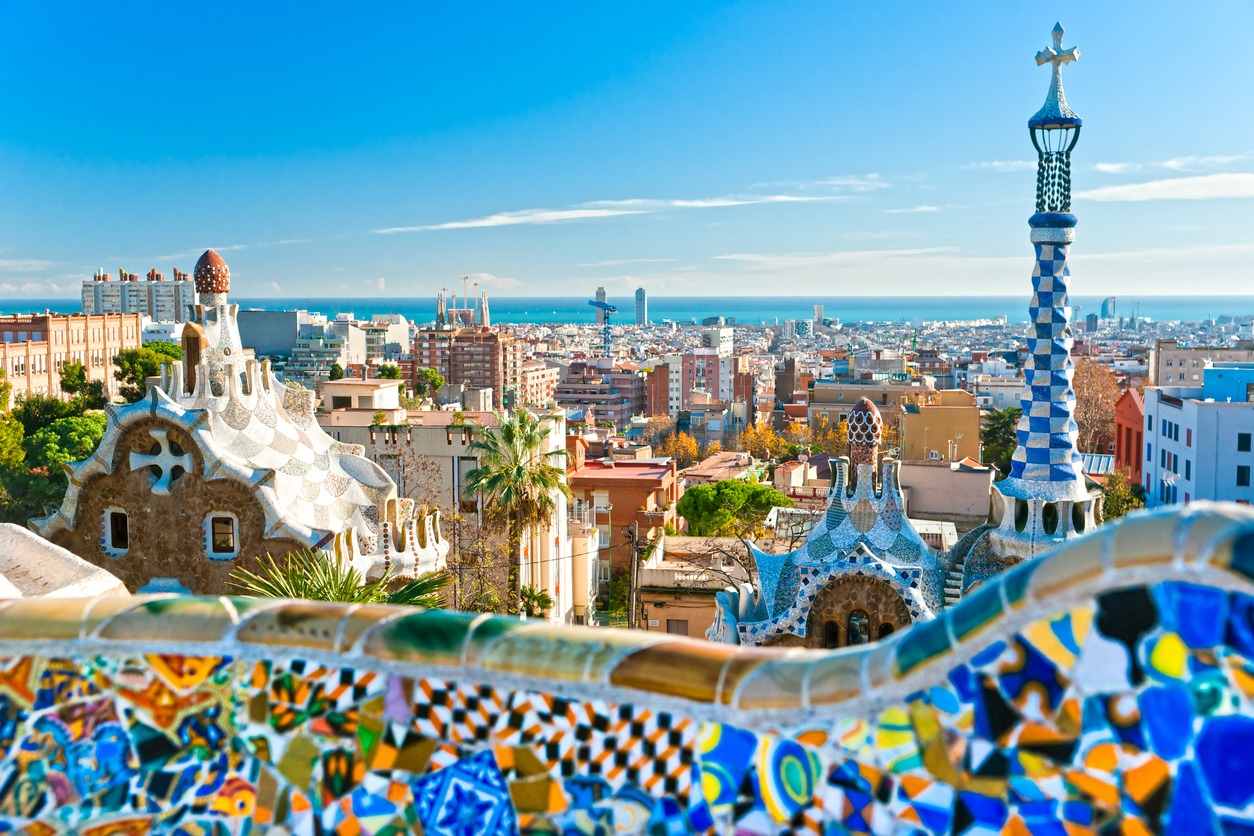
Parc Güell: Gaudí's Surrealist Park
Colorful, cheerful, and full of whimsy, this beautifully designed 17-hectare park is a designated UNESCO World Heritage Site. Created between 1900 and 1914, the Park Güell includes 12 acres of landscaped gardens featuring Surrealist architectural elements created by Antoni Gaudí and eight acres of pristine woodlands (pine forest and olive groves).
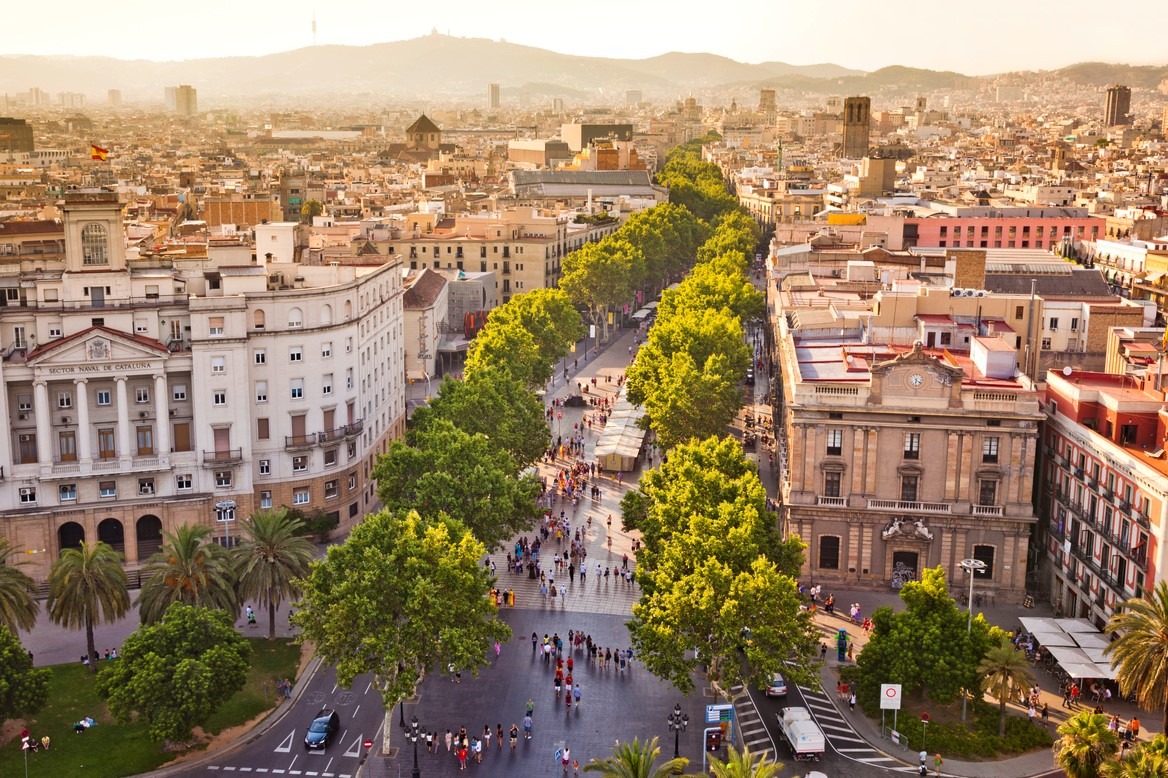
La Rambla: Barcelona's Social Hub
The heart of Barcelona's social life is found on La Rambla, a wide tree-shaded avenue that divides the Old Town into two parts. This street features expansive pedestrian sidewalks, lined with shops, restaurants, and outdoor cafés, making it one of the most popular hangouts in the city.
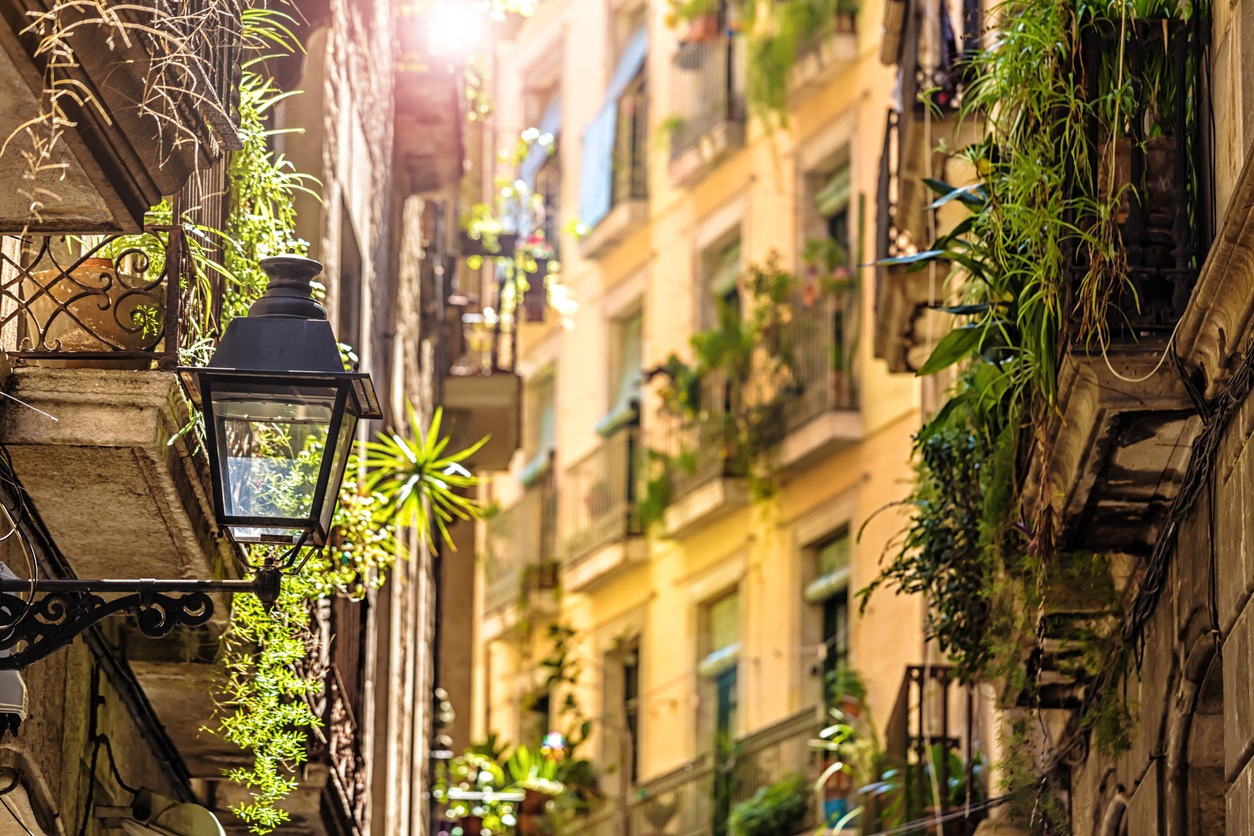
Barri Gòtic (Gothic Quarter)
For 2,000 years, the Gothic Quarter has been the spiritual and secular center of the city. Relics of ancient Roman buildings are still found here, but the Middle Ages are best represented by the historic monuments packed into this quarter. It is this mix of old and new that brings people from all over the world.
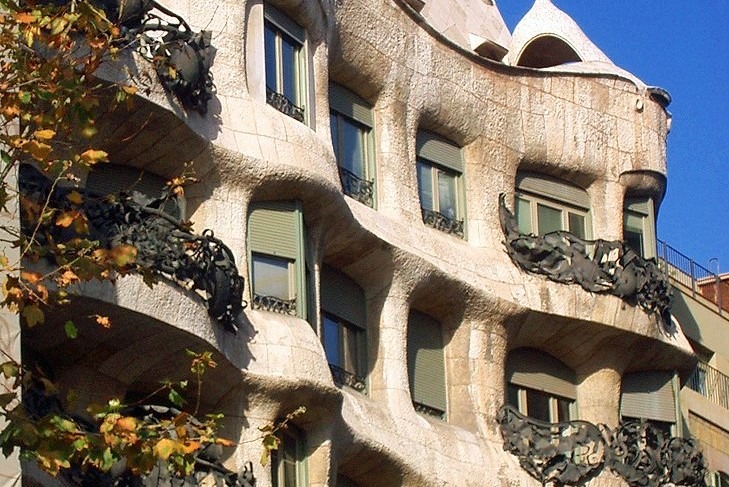
Casa Milà (La Pedrera)
In the Eixample district off the elegant boulevard of Passeig de Gràcia, the UNESCO-listed Casa Milà is Antoni Gaudí's most famous secular building. Casa Milà is also affectionately known as ``La Pedrera,`` which translates to ``The Stone Quarry`` because the building resembles an open quarry.
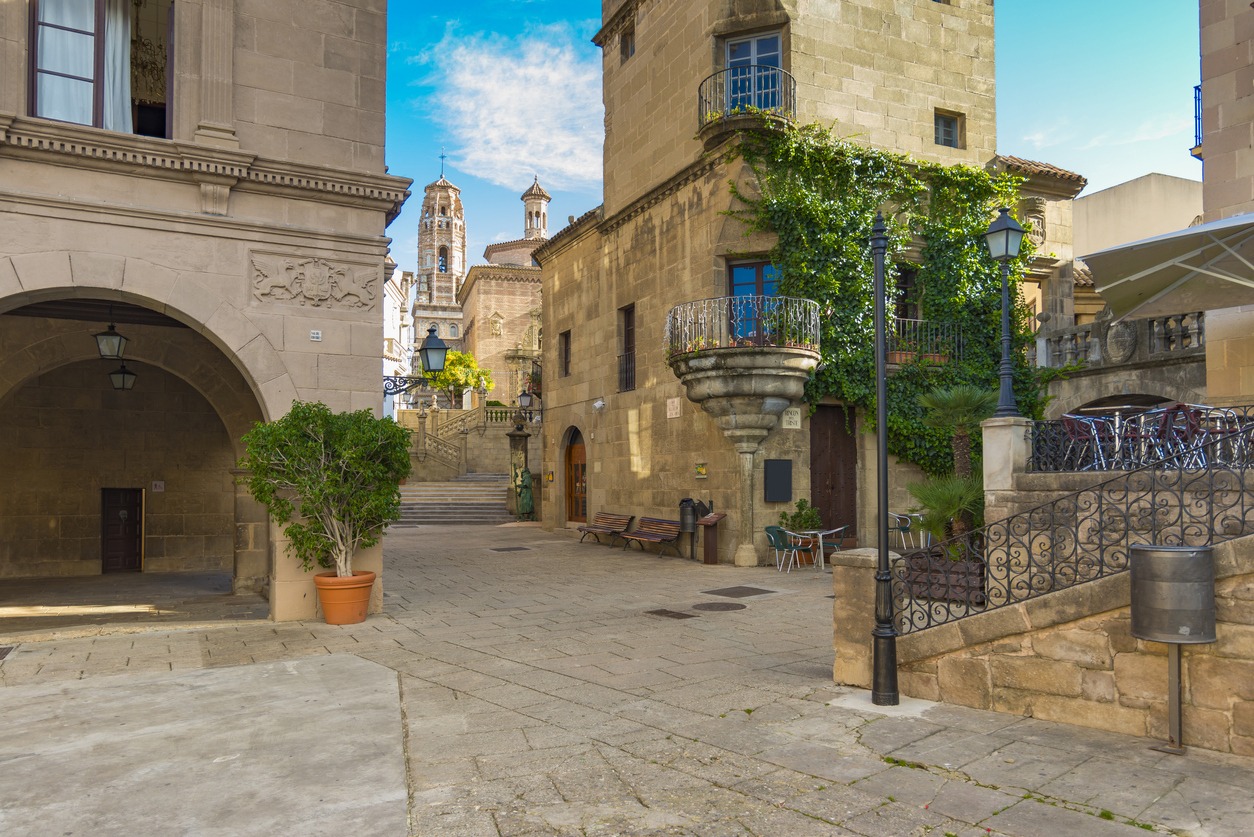
Poble Espanyol
This ‘Spanish Village’ is an intriguing scrapbook of Spanish architecture built for the local-crafts section of the 1929 World Exhibition. You can meander from Andalucía to Galicia in the space of a couple of hours. The 117 buildings include restaurants, cafes, bars and clubs, craft shops and workshops.
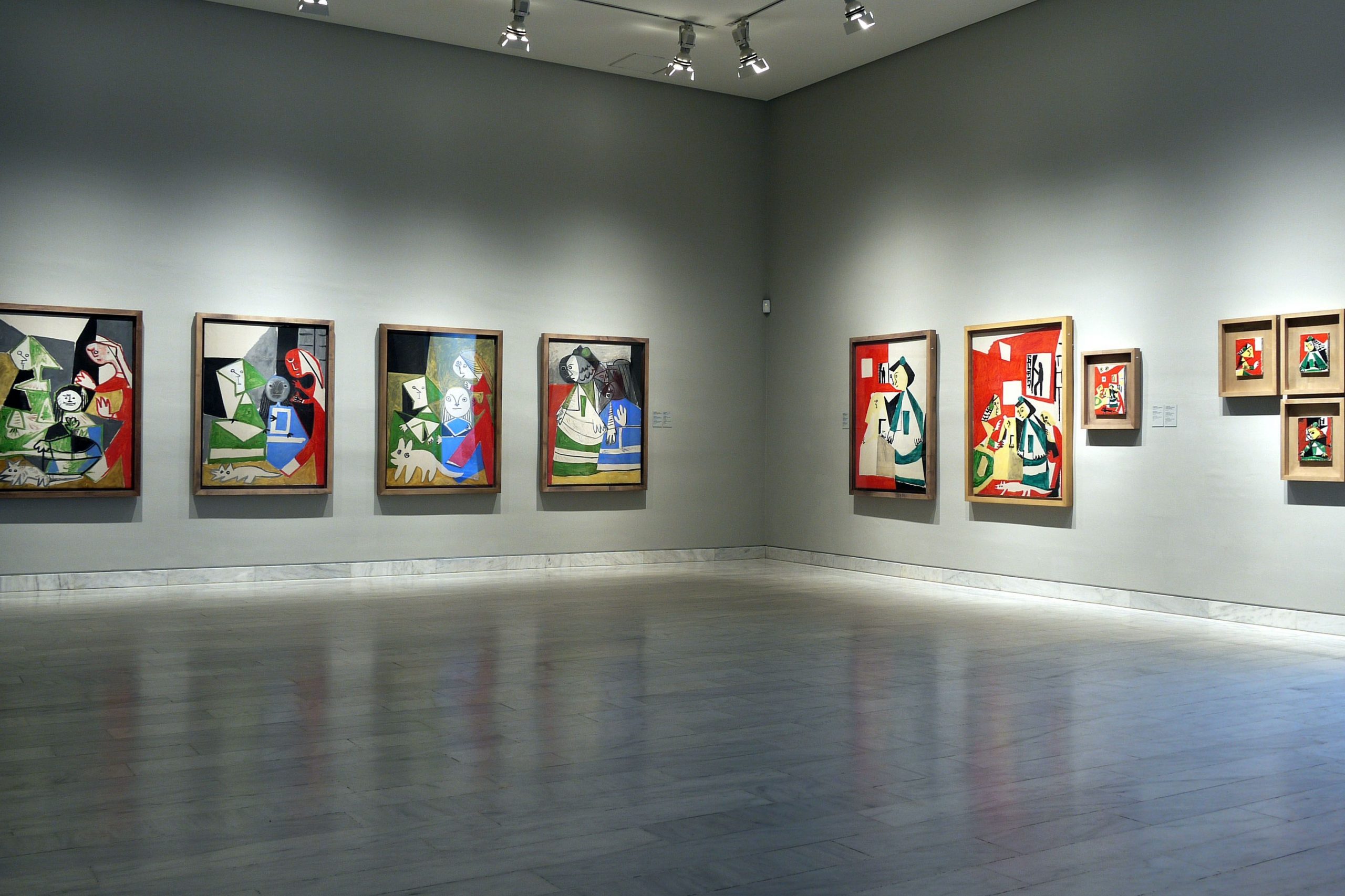
Museu Picasso
The Museu Picasso is dedicated to the life and work of one of the world’s greatest artists - Pablo Picasso.
Opened in 1963, the “Picasso Museum” not only showcases some of the painter’s earliest works, but it aims to show the strong, emotional bond Picasso had with the inspiring city of Barcelona.
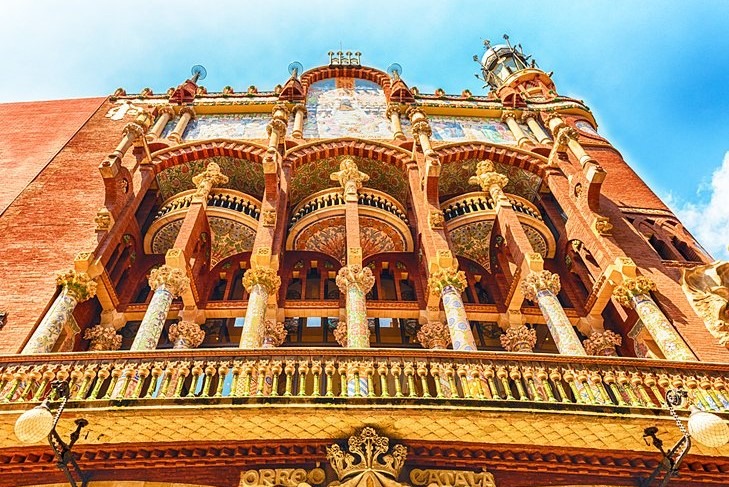
Palau de la Música Catalana (Palace of Catalan Music)
Built between 1905 and 1908 as a concert hall for the choral society Orfeó Català, The Palau de la Música Catalana was designed in the Catalan Modernist style. The UNESCO-listed building exemplifies an ornate Art Nouveau decorative style. The facade is a profusion of intricate mosaics, sculptural elements, and exquisite ironwork.
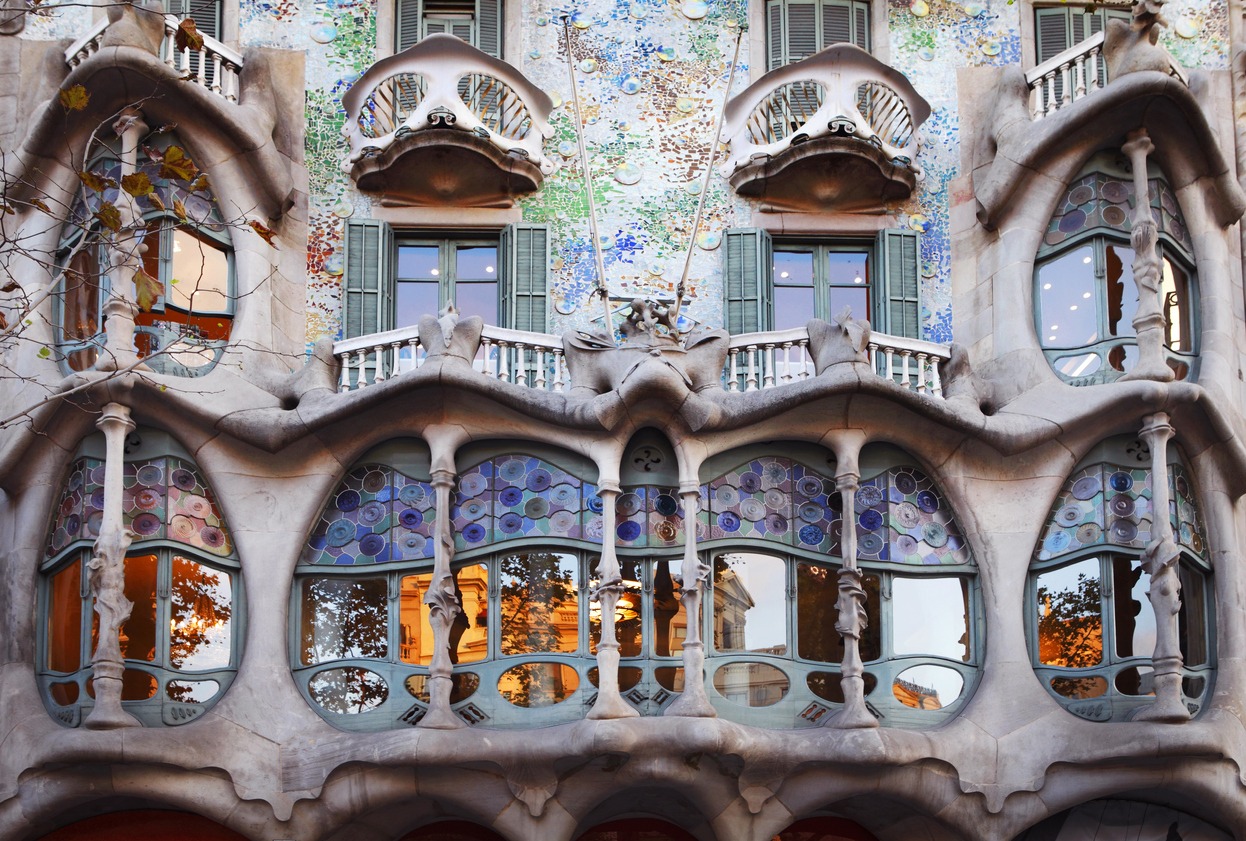
Casa Batlló
Yet another amazing Gaudí creation, the UNESCO-listed Casa Batlló is one of the most characteristic Modernist buildings in Barcelona. The fantastical mansion was designed as a private residence for the textile manufacturer Josep Batlló i Casanovas. With its freely swinging shapes and ornamental facade, this dreamlike building looks like a castle from a surreal fairy tale.
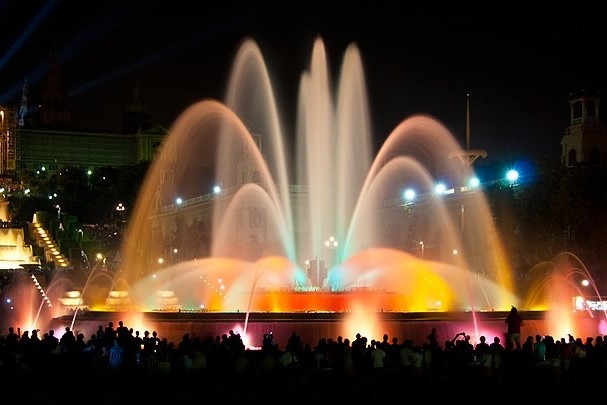
The Magic Fountain of Montjuïc
One of the favorite things to do in Barcelona at night is to watch The Magic Fountain of Montjuïc, at the beginning of Avinguda Maria Cristina in the Montjuïc neighborhood. The large Art Deco fountain was designed by Carles Buigas for the 1929 International Exhibition, which took place in Montjuïc.
Join hundreds of locals and tourists in enjoying the magical show of light and water.
Exploring the city
Barcelona offers numerous types of transportation to choose from when you want to move around the city.
Whether you choose the highly developed network of public transportation, the various options for electric vehicle hiring, or you want to move by car, bicycle or taxi, you will be able to easily explore the city and everything it has to offer.
Click on the buttons below to find out more.






